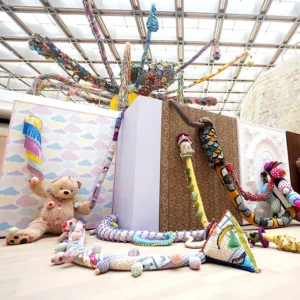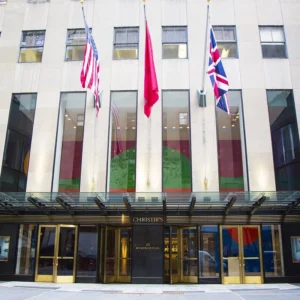Shifting gears from the nostalgia-laced film about the world’s most ubiquitous plastic doll to a history-drenched drama about the man who created a weapon of mass destruction: Oppenheimer.
Did you know about the profound impact of the atomic bomb on modern art? Abstract Expressionists, influenced by the trauma of atomic bombings, developed “action painting,” using chaotic brushstrokes to capture the era’s energy, while also reevaluating color and composition to reflect heightened emotions.
In his 1952 essay “The American Action Painters,” art historian Harold Rosenberg argued that Abstract Expressionists responded to the trauma and horror of the atomic bombings by developing a new style of painting, emphasizing greater expressiveness and moving away from traditional forms of representation.
Abstract Expressionists like Jackson Pollock and Franz Kline developed the technique of “action painting”. This involved using sweeping, rapid, and often chaotic brushstrokes or drips of paint on large canvases laid on the floor.
This style was seen as a direct response to the violent and chaotic nature of the atomic bomb’s explosions, and the resulting paintings were thought to capture the energy and force of the era.
The use of nuclear weapons also sparked a reevaluation of color and composition in art. Some artists, like Mark Rothko, explored the use of intense and emotionally charged colors in their paintings, reflecting the heightened emotions of the post-atomic world.
Others experimented with unorthodox materials and techniques, pushing the boundaries of traditional art forms.
Featured Image: Franz Kline, Crosstown (1955). Source: Sotheby’s





